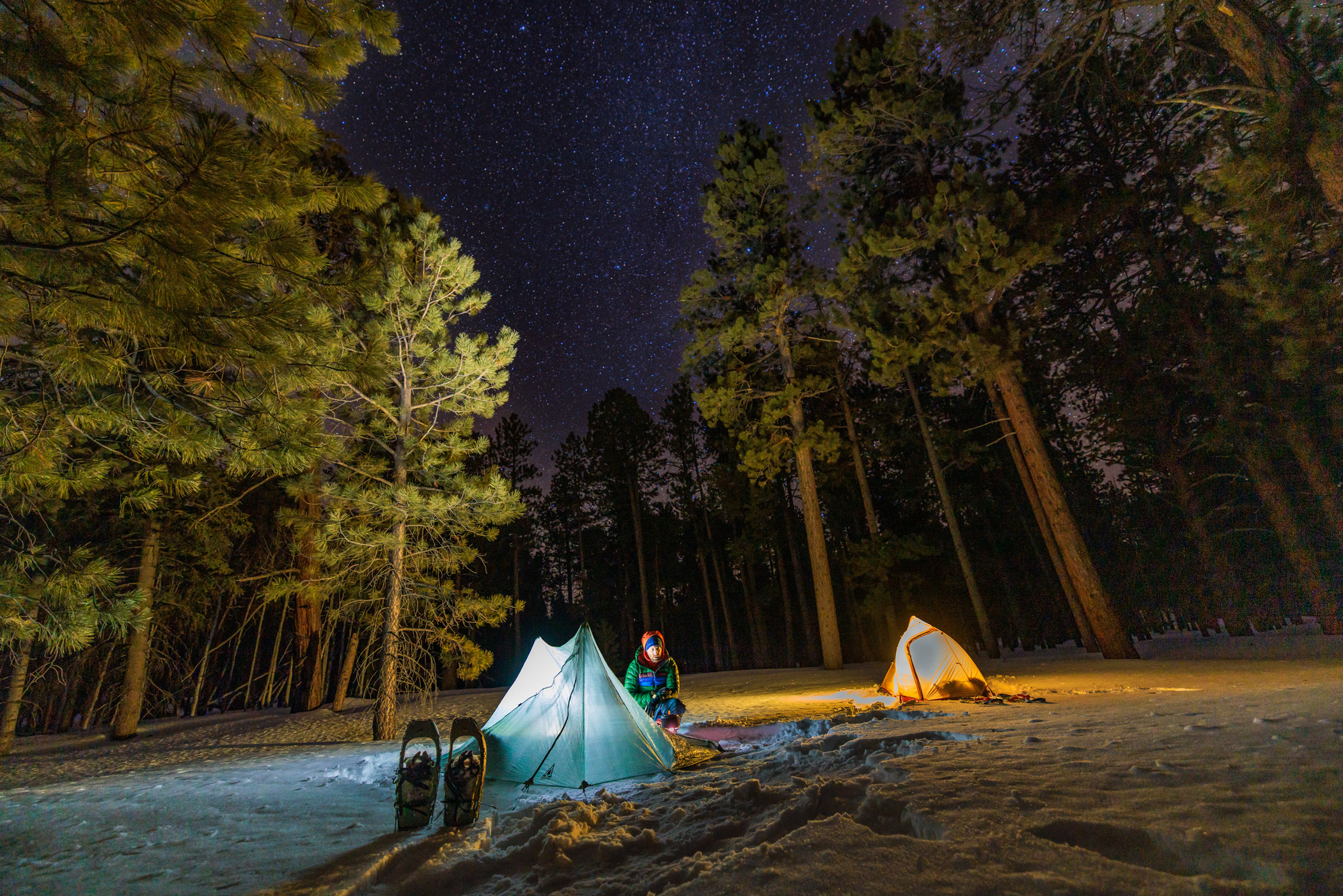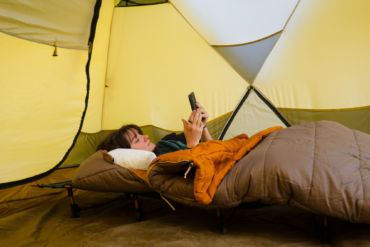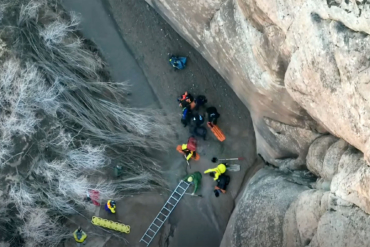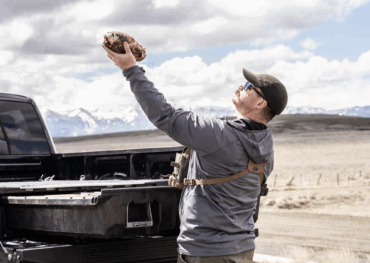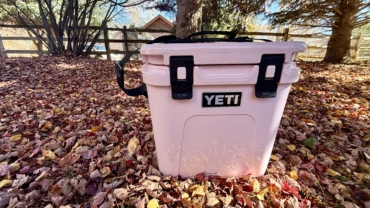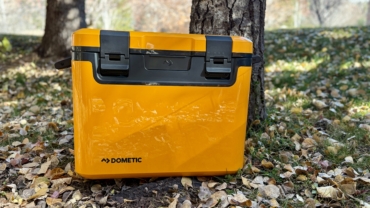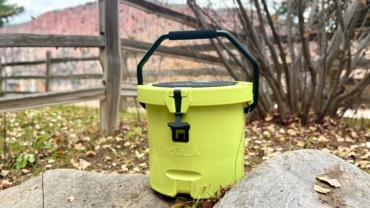At 5 a.m., I woke up to the sounds of my hiking partner screaming in pain. And all I could think about was how severely limited the options for getting help were. A helicopter flight was our best bet.
The North Rim of the Grand Canyon was buried under 9 feet of snow. We had made an emergency camp at the North Kaibab trailhead as my hiking partner, Dan Becker, had barely been able to stagger along the trail. The last mile had taken about 4 hours of slow, painful progress.
I could tell something other than ordinary fatigue was plaguing his body. But the symptoms didn’t make sense to me.
I would soon learn that even my Wilderness First Responder training wouldn’t have prepared me to diagnose Becker’s relatively rare ailment. But at the time, we carried on with the best information we had available.
We got Dan into his sleeping bag and tent as quickly as possible and he was snoring within a couple of minutes. But his relief would be short-lived.
Weary from the exceptionally challenging day, I made dinner with Jake and Emmett, both cinematographers working for Dan and me. Dan is a prominent backpacking YouTuber who I have backpacked with a handful of other times. We were here to film an episode of Epic Trails and some YouTube videos. Dan only picked up backpacking in his 30s, but he’s got plenty of trips under his belt and is no slouch.
Dan had woken up sometime after the rest of us had fallen asleep, only to spend the night writhing in pain. With temperatures in the teens and a sleeping bag cinched tightly around my head, I couldn’t hear Dan’s cries despite being close by.
But when I woke up that morning and heard the noises he was making, I immediately knew something was very wrong.
It Didn’t Take Long to Determine That Dan Needed Medical Help
Fearing Dan was having a heart attack, I called 911. Luckily dispatch was able to get through to a park ranger and within 30 minutes, two rangers were on the scene.
I accompanied Dan and the rangers to their facilities on the North Rim where they have an ambulance. The rangers ran a series of inconclusive tests. But the evidence was strong that Dan was in no condition to hike back across the canyon. He needed to be evacuated.

How Did It Come to This?
The four of us had begun our intended 45-mile, rim-to-rim-to-rim hike 2 days prior. We hiked 14 miles from the South Rim to Cottonwood campground in one long day. We were all fatigued and worn out. But in my mind, it was the normal Grand Canyon beatdown.

On day 2, we began our ascent up the North Kaibab trail, which in February is challenging and truly spectacular. Within about 2 miles, we were hiking through snow. After another few miles, we encountered an ice formation that blocked the trail that required a time-consuming reroute through a precarious, snow-filled gully.
Another mile or so later, we encountered a landslide where the trail had completely fallen away. While the exposure here was not extreme, it required a nimble crossing. Soon after this, we came to the Supai Tunnel and a seeming wall of snow.

Here we put on the snowshoes that we had lugged across the Grand Canyon. And here the effort level rose beyond anything we’d yet encountered. No one had hiked here since the latest significant snowstorm. It was up to us to set the trail.
Darkness was falling and we began pushing the pace even more in order to make as much progress as possible while we still had light. Due to the sheer amount of snow, navigating the trail was not always easy. I didn’t want to be making guesses in the dark about where to hike.
Rhabdomyolysis: A Risk for Extreme Hikers and Ultramarathon Runners
Through all of this, Dan was developing a condition that we would later learn was rhabdomyolysis. He was experiencing severe chest pain on the trail, and muscle cramps, and was only able to move a few feet at a time before needing to rest.
Rhabdomyolysis (or Rhabdo for short) is a rare condition that occurs most commonly due to extreme exertion. Rhabdo is most commonly seen in endurance sports where people push themselves to their limit, or in extremely challenging work environments (think wildland firefighters). When someone becomes extremely fatigued, their muscles can break down and release a protein into the bloodstream that poisons the kidneys.
While rhabdo is not a direct result of dehydration or lack of good nutrition, both can make the condition much worse. Symptoms include nausea, vomiting, muscle aches, dark-colored urine, and feeling exceptionally tired. Many are unable to function normally (such as hiking at your normal pace).
Left untreated, it can result in death or permanent disability. But if treated in time, a person can make a full recovery.
This Was My First Encounter With Rhabdo
Despite 3 years spent as a guide and multiple Wilderness First Responder courses under my belt, I’d never heard of this condition. I had been thinking Dan was undergoing some form of altitude sickness. I’m glad we didn’t decide to turn around and go lower — the normal treatment for altitude sickness.
Ultimately, I believe our decision to press on to the trailhead to facilitate a significantly easier evacuation was the right call. But our situation was precarious. We nearly caused more damage by pressing on.
Knowing what I know now, we could have made some different decisions along the way. Dan had been training for this trip and was no stranger to long miles and difficult backpacking adventures. But we had an aggressive itinerary without enough time for Dan to acclimate to the higher altitude of the Grand Canyon (most people are surprised that the North Rim is over 8,000 feet).
On day 2, Dan drank less water and ate less food, compounding the strain of the exertion without giving his body the fluids and energy it needed. Thus commenced rhabdo.
Getting Familiar With Rhabdo

While many in the ultramarathon community are likely familiar with rhabdo, I bet few in the backpacking and hiking community are. Rhabdo is a serious but rare condition. My mindset has always been that human willpower can get you through almost any physical challenge. However, I have now learned that mindset can lead to trouble. A sobering reality is that simply pushing through the pain might not always be the right decision.
Thankfully, the rangers were able to plan a less costly evacuation than a helicopter. Dan was able to be moved in a civilian vehicle tailing a snowplow all the way to Jacob Lake. There he rendezvoused with the local EMS and was transported to a hospital in Kanab, Utah, that was caring for a grand total of one other patient.
Dan spent 2 days recovering in Kanab before being discharged. He is currently recovering well.
